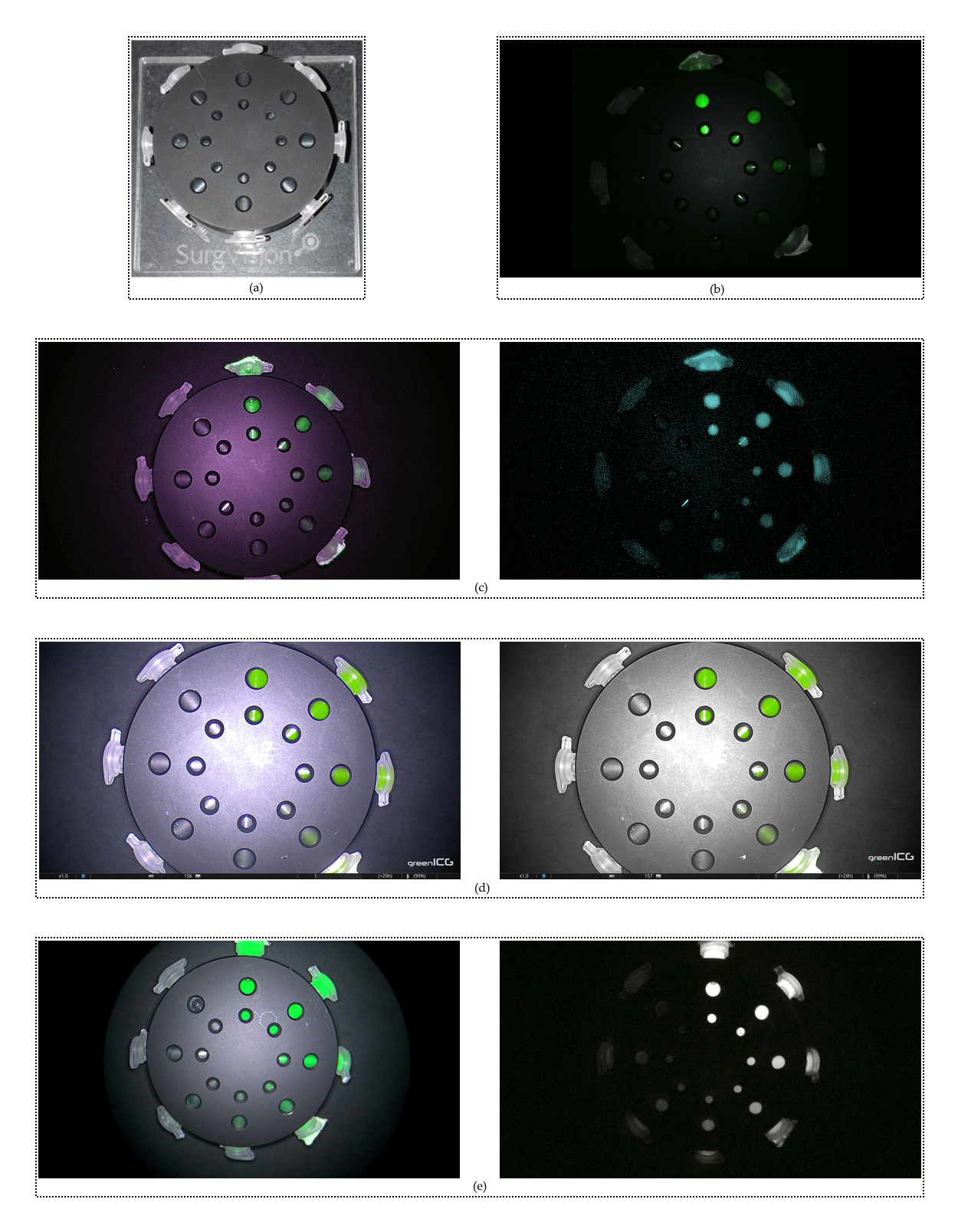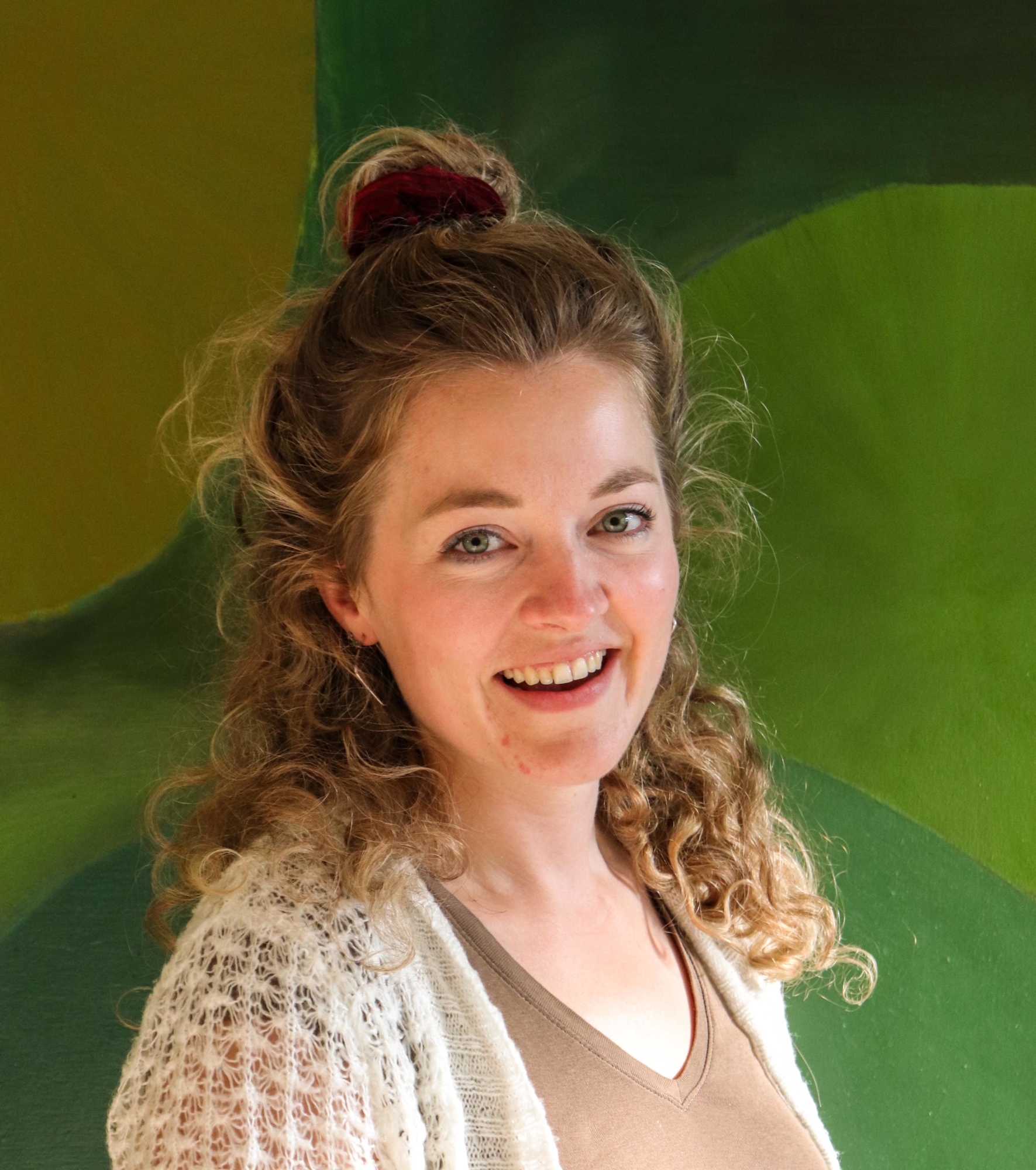New publication by Sikkenk and Sterkenburg et al. in Diagnostics

Our latest publication by Daan Sikkenk and Andrea Sterkenburg et al. entitled ‘Detection of Tumour-Targeted IRDye800CW Tracer with Commercially Available Laparoscopic Surgical Systems’ can be found here.
Abstract
(1) Introduction: Near-infrared fluorescence (NIRF) combined with tumour-targeted tracers, such as bevacizumab-800CW, could aid surgical decision-making. This study explored the use of IRDye800CW, conjugated to bevacizumab, with four commercially available NIRF laparoscopes optimised for indocyanine green (ICG). (2) Methods: A (lymph node) phantom was made from a calibration device for NIRF and tissue-mimicking material. Serial dilutions of bevacizumab-800CW were made and ICG functioned as a reference. System settings, working distance, and thickness of tissue-mimicking material were varied to assess visibility of the fluorescence signal and tissue penetration. Tests were performed with four laparoscopes: VISERA ELITE II, Olympus; IMAGE1 S™ 4U Rubina, KARL STORZ; ENDOCAM Logic 4K platform, Richard Wolf; da Vinci Xi, Intuitive Surgical. (3) Results: The lowest visible bevacizumab-800CW concentration ranged between 13–850 nM (8–512 times diluted stock solution) for all laparoscopes, but the tracer was not visible through 0.8 cm of tissue in all systems. In contrast, ICG was still visible at a concentration of 0.4 nM (16,384 times diluted) and through 1.6–2.4 cm of tissue. Visibility and tissue penetration generally improved with a reduced working distance and manually adjusted system settings. (4) Conclusion: Depending on the application, bevacizumab-800CW might be sufficiently visible with current laparoscopes, but optimisation would widen applicability of tumour-targeted IRDye800CW tracers.
